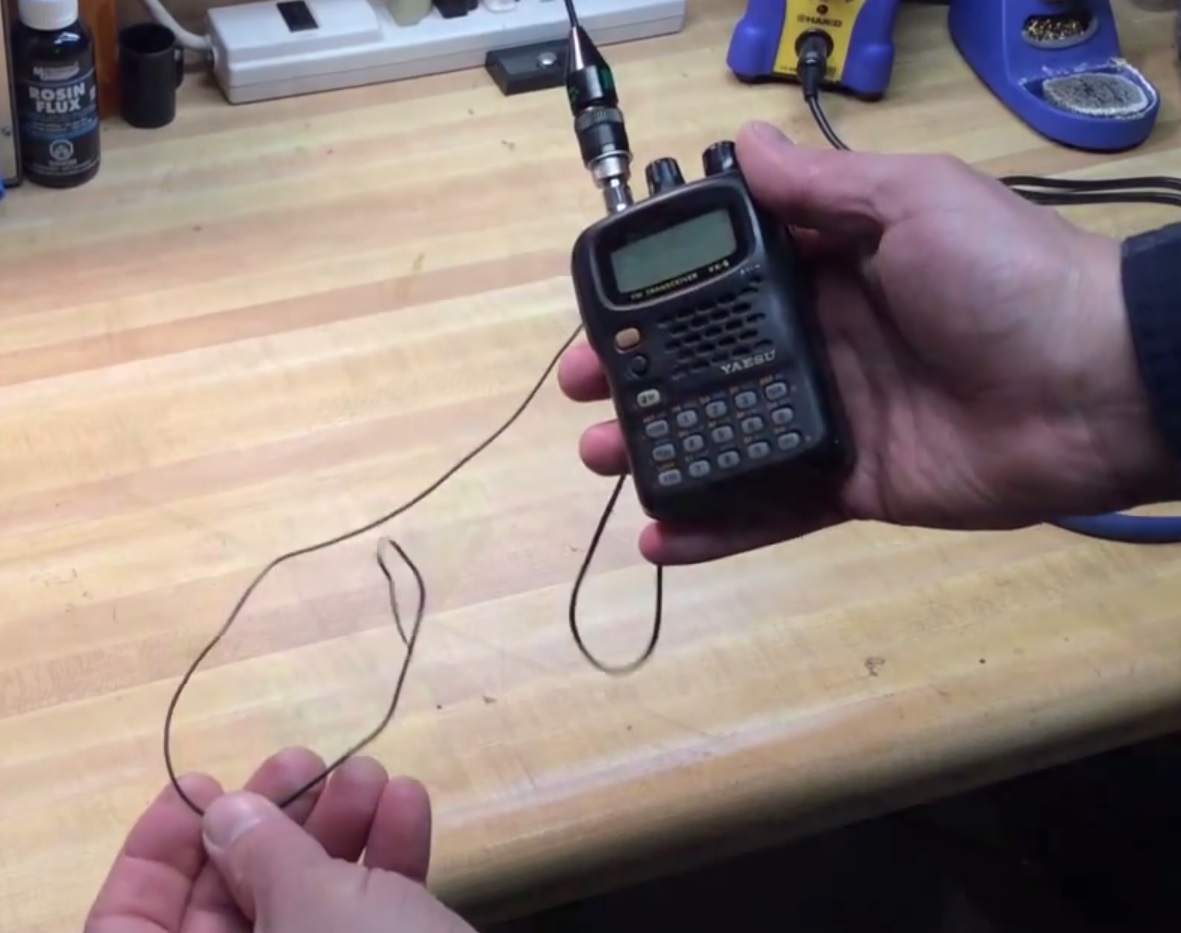Hamvention season has wrapped up but I thought I would document some Hamvention related blog posts I found around the Interwebz.
From my friend Dan, KB6NU in Michigan:
Dayton 2015: What a blast!, May 17, 2015
Probably the most fun thing was meeting people. I met lots of people who used my study guides or purchased my other books, and I really enjoyed giving them buttons or stickers. I met a lot of people at the QRP-ARCI’s FDIM Vendor Night. Many had already either used my study guides to get their licenses or to teach a class, and some had already purchased The CW Geek’s Guide to Having Fun with Morse Code.
What I learned at the Dayton forums this year, May 21, 2015
As I was perusing the Hamvention program, it hit me that there was no CW forum. This despite there being numerous vendors selling keys and paddles, and booths for FISTS, NAQCC, SKCC, and CWOps.
So, I’m going to suggest to the Dayton Hamvention folks that next year we have a CW forum. I’m not sure exactly sure what we’ll talk about, but I bet that I could easily fill a panel whether we talk about how to choose the best key or what CW club to join.
From Joel McLaughlin at the geardiary.com blog:
Dayton Hamvention 2015: Still the Greatest Spectacle of Ham Radio, May 23, 2015
The Dayton Hamvention is a special event for many ham operators like myself. It’s part convention, part learning, and a whole lot of fun. Hamvention is more than the sum of it’s parts. The best part of Hamvention isn’t being able to buy new gear, to see new gear, and to buy the old gear, but to see the hams that you may have only talked to on the radio, on social networks thinks or via podcasts like Ham Nation, Amateur Logic and more. Hamvention is the biggest hamfest in the world. A hamfest is much like a Linux fest, but usually includes a place where you can buy gear, new and old. Many hamfests are humble affairs that last only a day. Dayton Hamvention is the largest of these and it goes for three days itself, Friday, Saturday, and Sunday.
From the ARRL News Blog:
Dayton Hamvention 2015: Day 1 — Big Crowd, Some Rain, Satellite News, May 15, 2015
The word on the first day of Dayton Hamvention is that the venue is “extremely crowded for a Friday,” according to ARRL Publications Manager and QST Editor Steve Ford, WB8IMY. Ford said there have been scattered showers and it’s on the humid side, “but not terrible.”
Dayton Hamvention 2015: Day 2 — Aisle-Jamming Attendance, ARRL Member Forum, May 16, 2015
Large crowds are jamming the aisles in the Hara Arena complex for Day 2 of Dayton Hamvention® 2015. ARRL Publications Manager and QST Editor Steve Ford, WB8IMY, described the indoor atmosphere as “tropical” — very warm and humid.
Dayton Hamvention 2015: Day 3 — Deep Discounts, a Few Showers, Winding Down, May 17, 2015
Another Hamvention® is in the history books. As things wind down at Hara Arena, the crowds are thinning, but that could work to the advantage of those sticking around until the bitter end.
At the peak of things, Ford said, large crowds jammed the aisles in the Hara Arena complex, despite the very warm and humid atmosphere indoors.
Dayton Hamvention 2015: Great Weekend, Friendly Crowd, May 21, 2015
Another Dayton Hamvention® is in the log, and the sponsoring Dayton Amateur Radio Association (DARA) already has begun counting down to the 2016 event (May 20-22, 2016). While Hamvention traditionally provides an ideal occasion for Amateur Radio manufacturers to introduce their latest offerings, new gear was in somewhat shorter-than-usual supply at the 2015 event. On the other hand, this may have shifted attention toward Hamvention’s other activities, such as the always-popular forums and, of course, the flea market.
Posted from DFW, Texas




